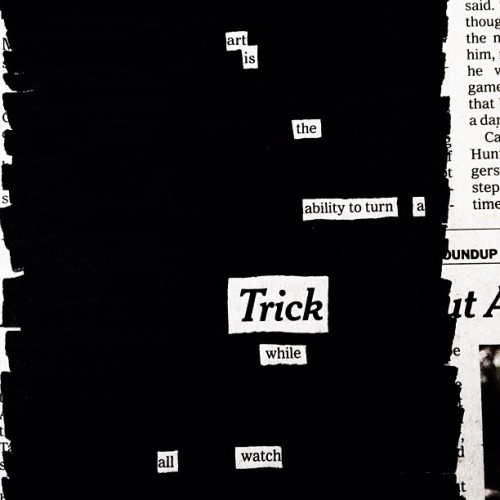Can’t see the video? Watch it here. No time to watch? Download the audio podcast.
A few weeks ago I flew up to Seattle to film an interview with photographer Chase Jarvis. We talked a lot about my books (including the new one) and art and creativity in general. We also took a lot of questions from the live and online audience. The resulting video is sort of a 90-minute primer for my work. It’s probably better than any talk I’ve given.
I’m trying to figure out what it is about the Q&A format that puts me so much more at ease when speaking to an audience, and how to bring some of that ease into my talks. Chase made a joke at one point that I’m like a machine for giving 140-character ready answers. I joked back, “I’m a writer. Putting sentences together is my job.”
But it’s something more than that—I have a terrible memory for names and events and everyday things that happen in my life (which is why I need my logbook), but when I’m faced with a question from someone, it’s like the RAM in my brain boots right up and I can immediately access this database of quotes and lines from stuff I’ve read and written. I’m reading Temple Grandin’s Thinking In Pictures, and in the first chapter, she describes being able to access a library of images in her head like a computer. When she’s faced with a design problem, she can grab these images and try them in difference combinations in order to come up with a solution.
To me, a question is a kind of problem to solve, or maybe more like a prompt. Sometimes I do feel like I’m flipping through my blog tags and tweets and book sentences in these Q&A sessions, but I’m also making up new combinations on the fly—thinking on my feet. However: I’m making the thinking up on the fly, and most of what I say I don’t even remember later! This is why I try to record all of my Q&A sessions on tour: you never know what tossed off thought is going to become a new piece of writing. For example, one of Chase’s fans transcribed this line in his blog comments:
That’s the thing you have to understand about the whole process of art (or the work that we do) – you’re only half of the equation. It’s an interaction between you and the person who’s going to experience the work. The person who’s going to experience the work is bringing just as much to it and is just as important as you are.
I don’t even remember saying that!
Anyways, thanks to Chase and his team for being such great hosts. Seattle was really beautiful, and I hope we can swing back for the next book tour. If you ever get a chance to take the Coach Starlight from Seattle to Portland — do it! So beautiful. Some photos and video from the ride below:

